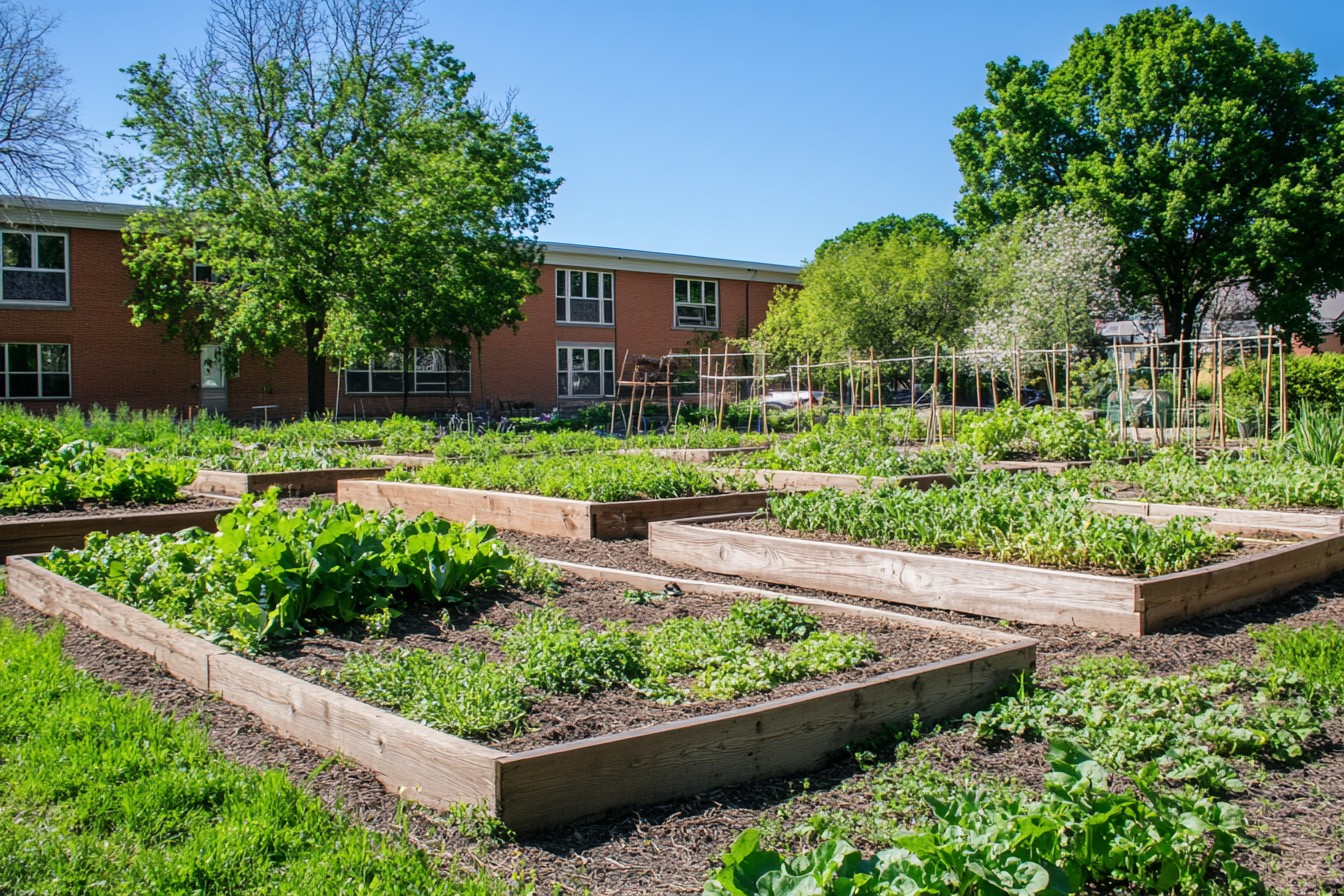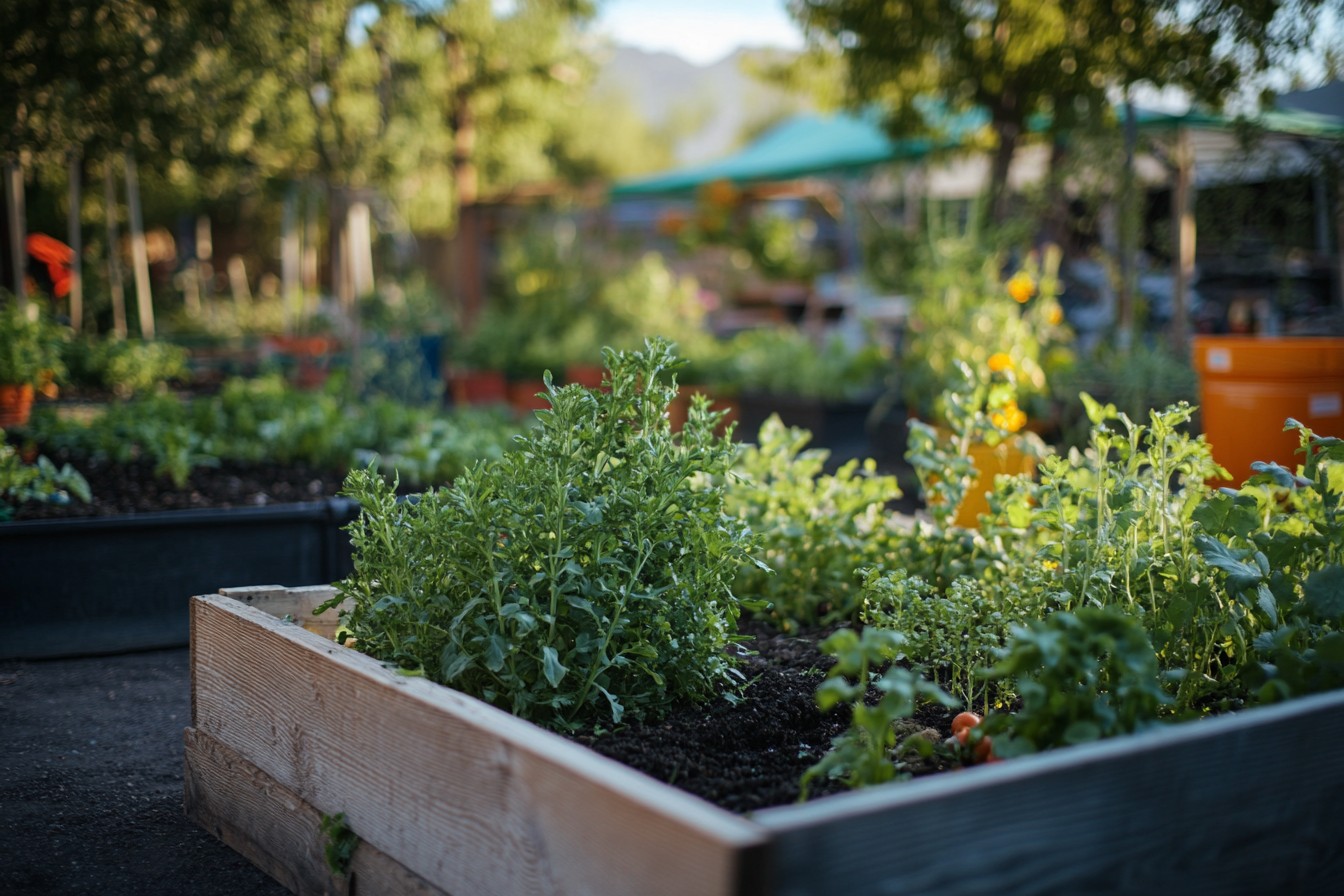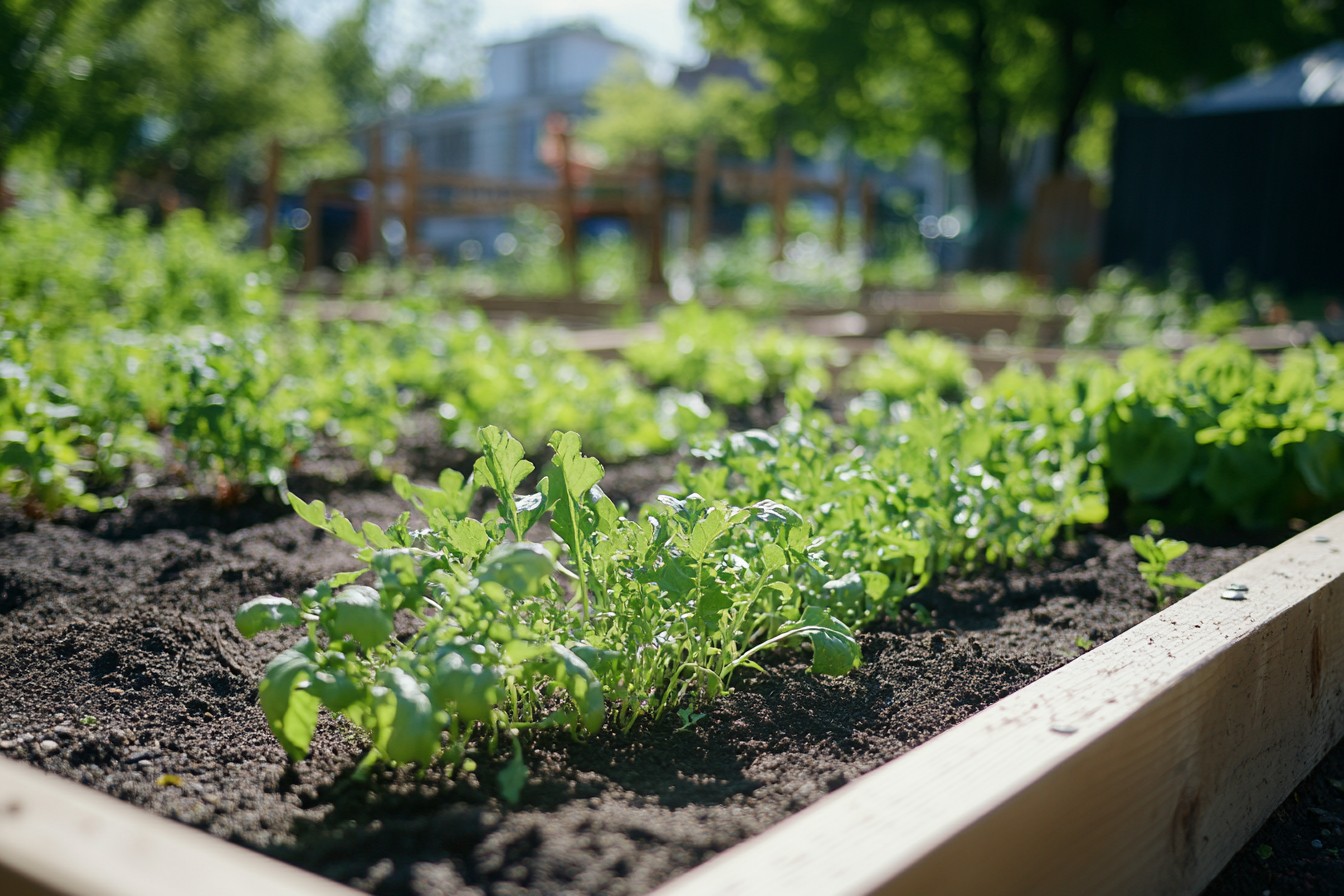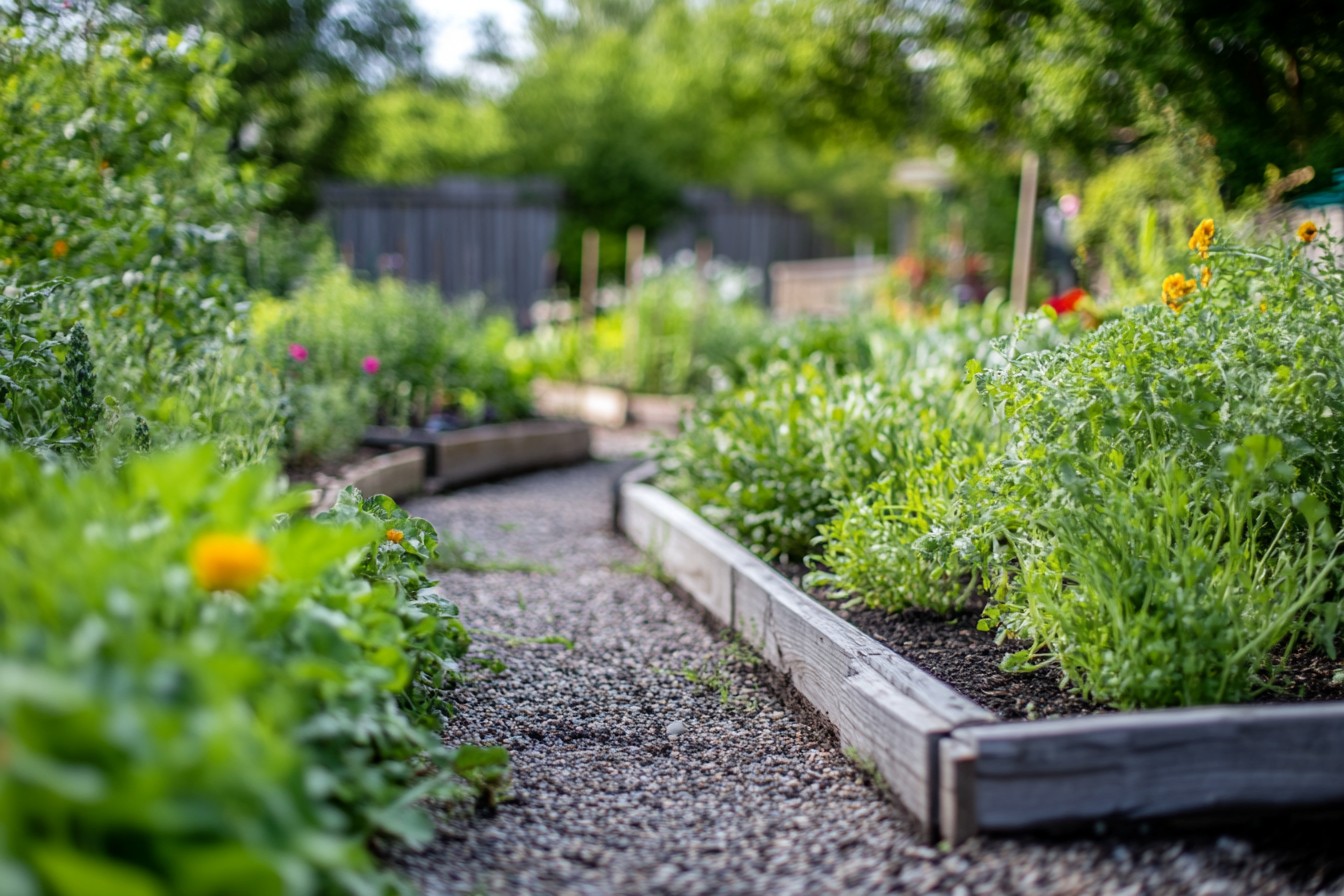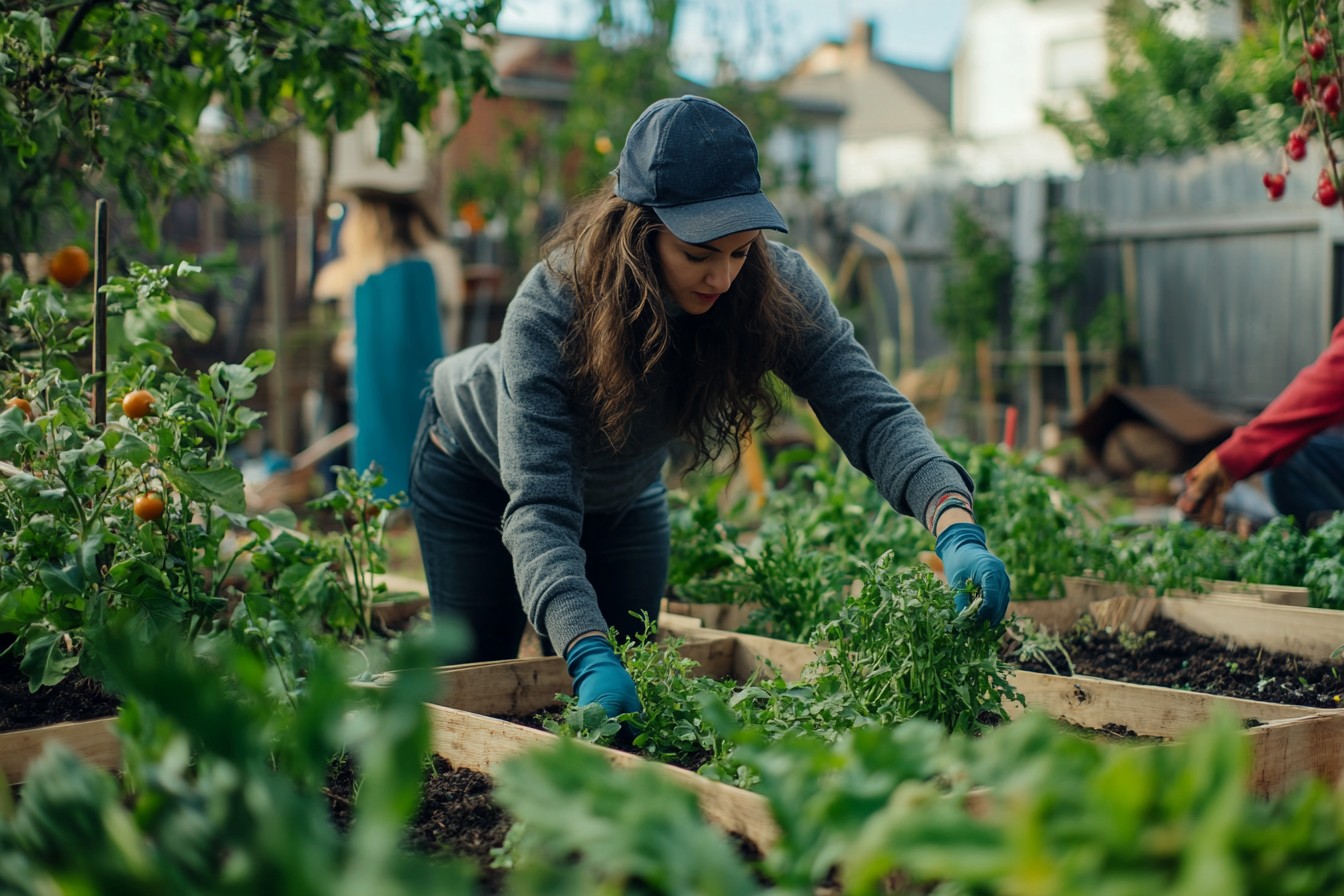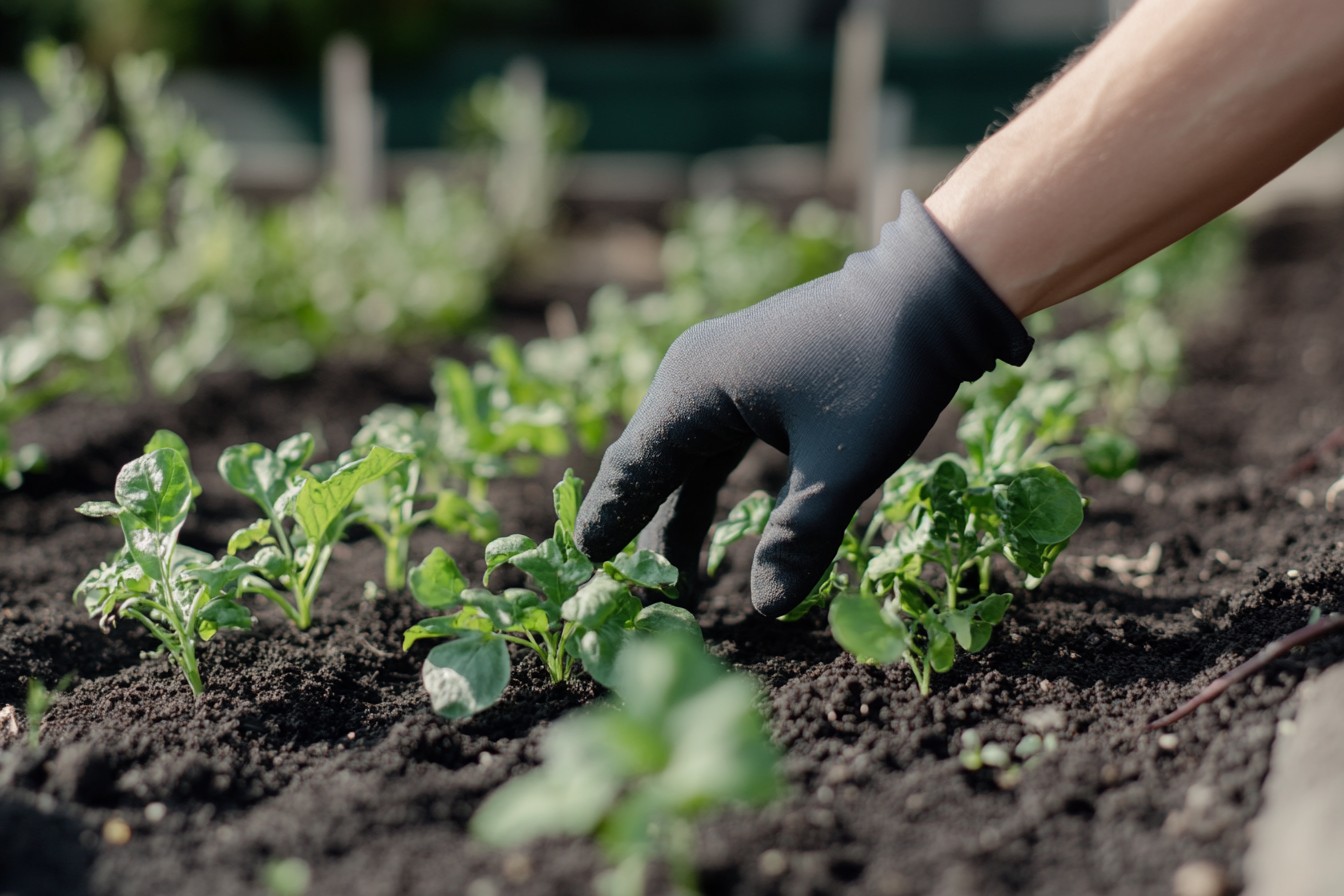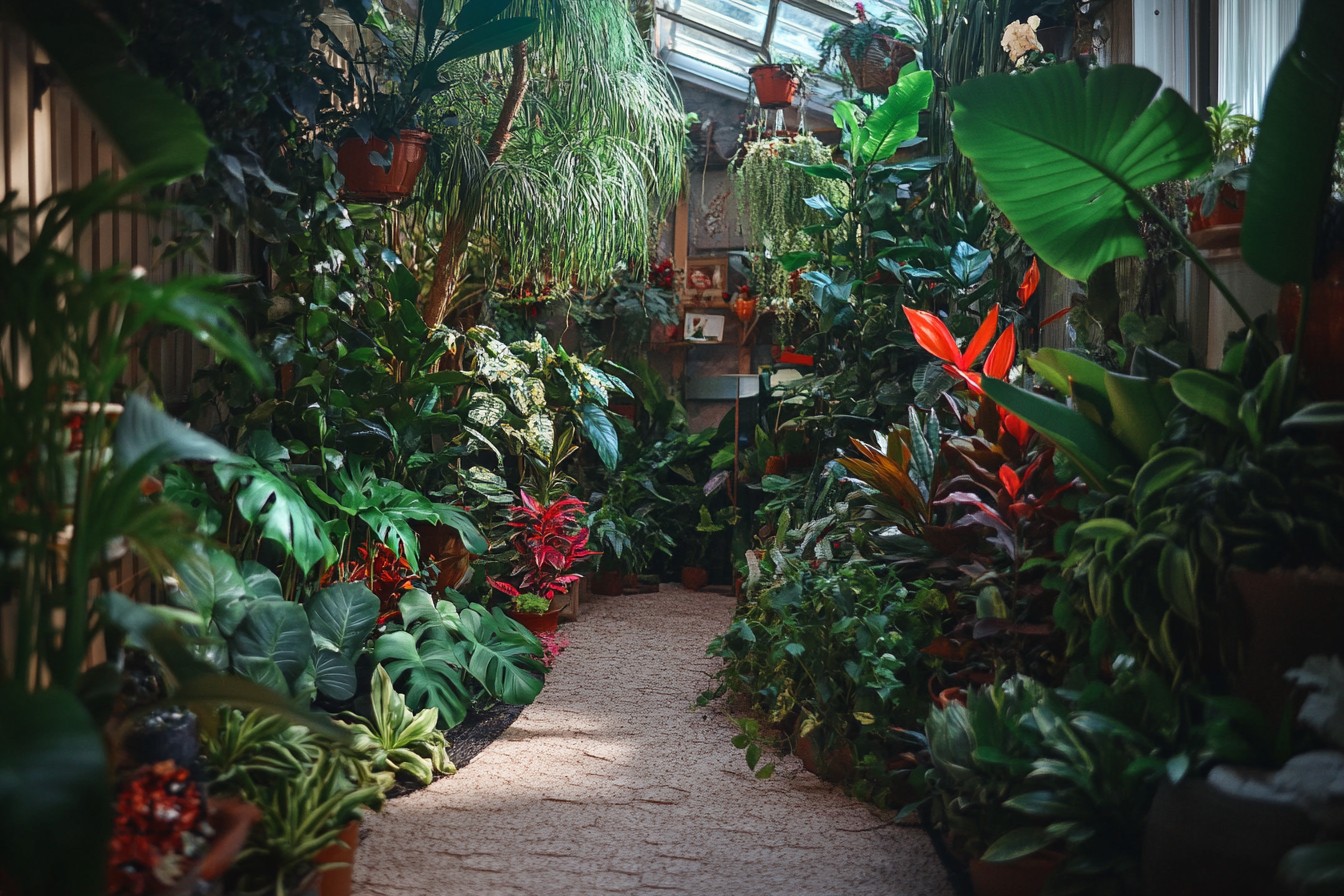I never thought I’d be sitting at my kitchen table at 2 AM, surrounded by half-dead succulents, trying to figure out what the hell a “projected operational sustainability matrix” was. But there I was, three cups of coffee deep, staring at a grant application that might as well have been written in ancient Sumerian. The Rockford Community Foundation wanted detailed financials for our little patch of dirt and dreams, and I—the guy whose idea of financial planning was checking if I had enough money for pizza before ordering it—was somehow in charge of securing $5,000 for the Eastside Community Garden.
It all started two years ago when the abandoned lot on Mulberry Street became too much of an eyesore to ignore. You know the type—broken bottles, mysterious trash bags that nobody wanted to investigate too closely, and weeds tall enough to swallow a small child. My neighbor Denise mentioned it during one of our hallway plant-swapping sessions.
“Someone should do something about that lot,” she said, handing me a spider plant baby. Two days and several YouTube rabbit holes later, I was standing in front of our neighborhood association with a half-baked presentation about turning urban blight into urban bounty. I didn’t expect anyone to actually go for it.
The first season was pure chaos. We had exactly $347 collected from our first impromptu neighborhood meeting, most of which went toward a secondhand rototiller that died dramatically on day two, belching smoke in a way that made me genuinely concerned about EPA violations. Our “irrigation system” consisted of me and three retirees dragging hoses from the nearest participating neighbor’s outdoor spigot.
My apartment became command central—seedling trays balanced precariously on every available surface, my long-suffering roommates stepping over flats of tomato starts to get to the bathroom. By midsummer, we had twelve 4×8 raised beds constructed from a hodgepodge of donated lumber (including what I’m pretty sure was someone’s old deck), a compost pile that attracted every raccoon within a five-mile radius, and our first harvest—exactly 37 zucchinis, give or take a few that grew to baseball bat proportions when nobody was looking. We celebrated like we’d won the lottery.
Mrs. Kazinski made zucchini bread. I made zucchini stir-fry.
Jorge from apartment 3B made zucchini salsa that nobody had the heart to tell him was objectively terrible. But if we wanted to do this for real—add more beds, fix the water situation, maybe get some actual tools instead of the random assortment of kitchen implements and broken shovels we’d been using—we needed money. And not the kind you scrape together from coffee can donations and weekend car washes.
That’s how I found myself diving headfirst into the bizarre world of nonprofit funding. My first discovery: nobody gives you money just because your idea is good. They give you money because you’ve convinced them your idea is good AND you’ve filled out 17 pages of paperwork proving you won’t immediately blow their cash on margaritas and disco balls.
Grant writing, it turns out, is its own special form of torture. It’s like taking a test where you don’t know the subject, the teacher hates you, and also there’s $5,000 on the line. My first attempt at the Rockford Community Foundation grant was rejected so fast I’m pretty sure they had the rejection letter ready before I submitted.
“While we appreciate your enthusiasm, your budget projections lack specificity and your organizational structure requires further development.” Translation: Nice try, plant boy. Come back when you’re a real nonprofit. So I regrouped.
I roped in Tammy, who works in hospital administration and actually knows what words like “fiscal oversight” mean. She took one look at my grant application and laughed for approximately seven minutes straight. Then she sat me down with a very large glass of wine and explained that “vibes-based accounting” wasn’t going to cut it.
We created a real budget. We tracked every penny spent on seeds, soil, and tools. We made spreadsheets, for god’s sake.
I hate spreadsheets. My entire personality is built around being the kind of person who doesn’t make spreadsheets. But there I was, inputting data about compost costs at 11 PM on a Friday while my friends were out having actual social lives.
The second time around, we got the grant. $2,500—half of what we’d asked for, but enough to install a proper water line so Mrs. Petrovich wouldn’t have to keep pretending she didn’t notice her water bill had tripled.
We built a tool shed from a kit that had “some assembly required” (four hours and three YouTube tutorials later, I had discovered new curse words). We bought actual garden tools instead of repurposed kitchen utensils. What the grant didn’t cover, we made up for with increasingly creative fundraising.
The plant sale was obvious—after all, I’d been propagating plants in my apartment for years, much to my roommates’ dismay. We set up tables outside the local coffee shop on a Saturday in May and sold divisions, cuttings, and seedlings started on my windowsills. The $736 we made bought our first real composting system—the kind with a tumbler that keeps raccoons out and doesn’t make the neighbors complain about the smell.
Jorge suggested a salsa contest, which, given his previous zucchini salsa disaster, was either very brave or completely lacking in self-awareness. But it worked. Fifteen bucks to enter, five bucks to taste and vote.
The local newspaper even showed up, running a tiny feature that described me as a “local horticulture enthusiast” rather than “guy who accidentally grew way too many tomatoes and needed to find something to do with them.” We cleared almost $400 and Jorge redeemed himself with a roasted poblano salsa that actually made Mrs. Kazinski ask for the recipe. The sponsorship thing happened by accident.
I was in line at MidwestGrow Garden Center, buying row cover fabric with our precious grant money, when the manager asked about the garden. One conversation led to another, and suddenly they were offering us “gently damaged” bags of potting soil and garden amendments that couldn’t be sold at full price. The first delivery was a literal truck full of slightly torn bags of premium organic compost that would have cost us over $500 retail.
Other businesses followed. The local brewery donated spent grain for our compost pile. The coffee shop saved grounds.
The hardware store gave us a “community discount” that I strongly suspect was just the owner, Bill, making up a policy on the spot because he liked what we were doing. By our second summer, we had eight raised beds sponsored by local businesses at $200 a pop—their logos burned into wooden signs that Jorge’s nephew made in high school shop class. The membership model evolved organically, like most things in our garden.
People wanted to know how they could get involved, claim a piece of the harvest, be part of what we were building. We settled on $50 per season for a garden share—either a small plot of your own or a portion of the communal beds’ harvest. For those who couldn’t afford that, we created work-share positions.
Four hours of garden work a month got you the same benefits as paying members. Nearly half our gardeners chose this option, which meant our volunteer labor problem solved itself. Not everything worked.
The garden tour fell flat—turns out people aren’t super excited to pay to look at vegetables growing, no matter how organically and lovingly they’re being grown. The cookbook fundraiser nearly ended in bloodshed when three different gardeners submitted family tomato sauce recipes and then argued about which one would be included. (We printed all three, labeled as “variations,” and still received passive-aggressive tomato deliveries for weeks afterward.)
Our produce stand, which I was sure would be a goldmine, turned out to be more of a community service than a revenue generator.
We set up on Saturday mornings, offering whatever was in season—tomatoes and zucchini in summer, kale and chard in spring and fall, root vegetables as winter approached. We never made more than $75 a week, but the relationships built over that rickety card table were worth more than money. The woman who taught me her grandmother’s technique for keeping tomatoes fresh.
The kids who started a lemonade stand next to our produce table. The elderly man who couldn’t garden anymore but shared stories of growing up on a farm while picking out the perfect bunch of radishes. By year three, we had a real budget—$7,200 annually, cobbled together from grants, memberships, sponsorships, and fundraisers.
We had bylaws (kill me) and a steering committee and an actual bank account instead of a coffee can labeled “GARDEN MONEY” that lived in my kitchen. We had twenty raised beds, a rainwater collection system that Jorge engineered using YouTube videos and parts from Home Depot, and a waiting list for membership. Last month, I found myself in front of the City Council, explaining why they should extend our use agreement for the lot and maybe, possibly, pretty please consider helping with water costs.
I wore a button-up shirt. I had charts. CHARTS.
Who even am I anymore? But as I stood there, showing slides of before and after photos, statistics on pounds of food grown and distributed, quotes from community members, I realized something. This wasn’t just about plants anymore.
It was about what happens when you give people dirt and seeds and a reason to show up week after week. The council voted unanimously to renew our agreement and kick in $500 annually toward water costs. Councilwoman Rodriguez called it “a model for neighborhood revitalization.” I just call it a minor miracle that I—the guy who once killed a supposedly unkillable cactus—am now responsible for a thriving half-acre of food and flowers and community.
So if you’re standing in front of an abandoned lot in your neighborhood, thinking maybe, just maybe, it could be something else, I’m here to tell you: it can be done. You’ll need spreadsheets (unfortunately). You’ll need to learn words like “stakeholder” and “sustainability metrics.” You’ll need to figure out what a liability waiver is and why you definitely should have everyone sign one before they pick up a shovel.
But mostly, you’ll need to show up, day after day, with dirt under your fingernails and ridiculous optimism in your heart. The money will follow. Not easily, not quickly, but it will come—from neighbors pooling resources, from local businesses seeing value in your work, from foundations taking a chance on your vision, from zucchini bread sold at $3 a loaf at the neighborhood block party.
Just maybe don’t let Jorge make the salsa for your first fundraiser. Trust me on that one.



